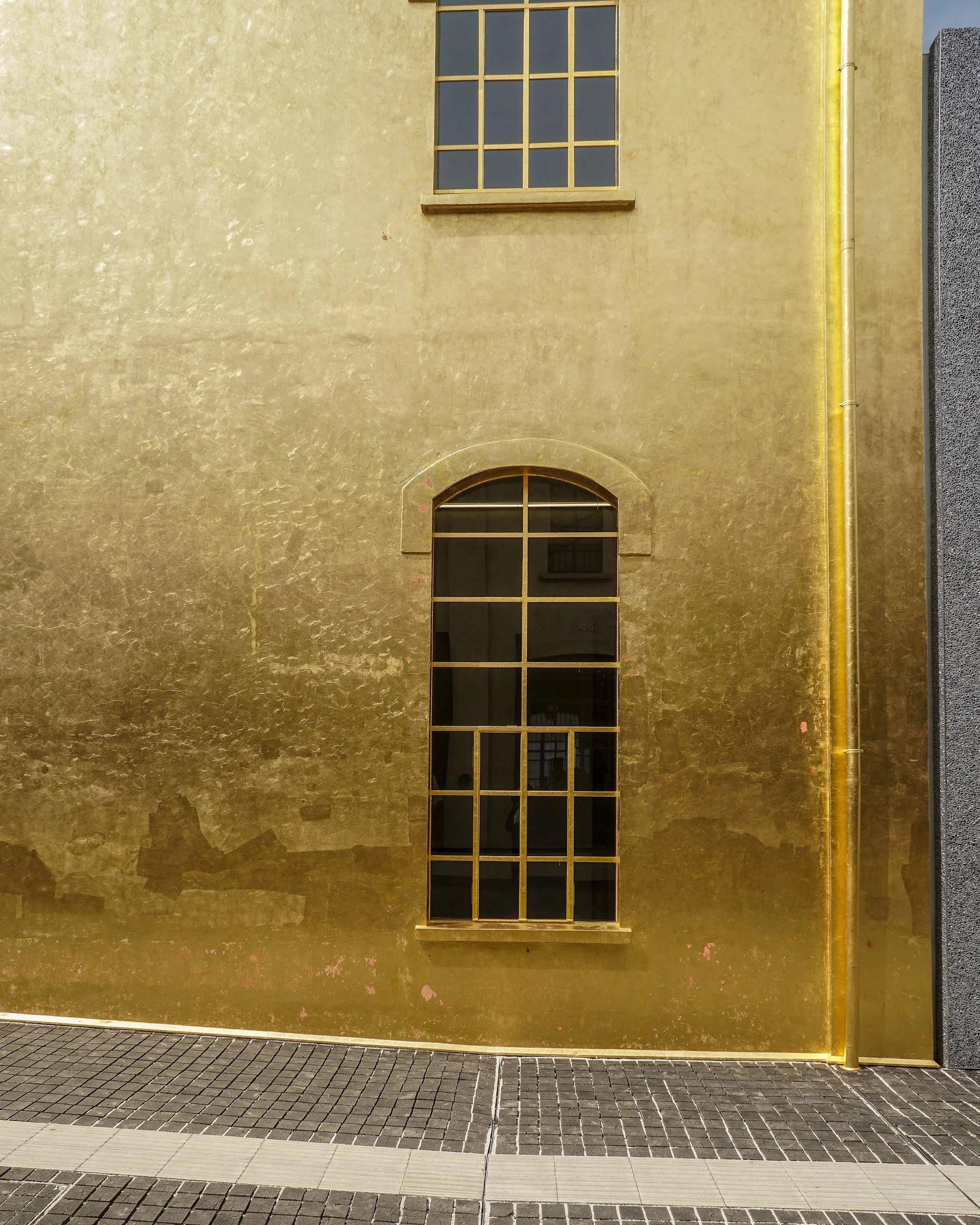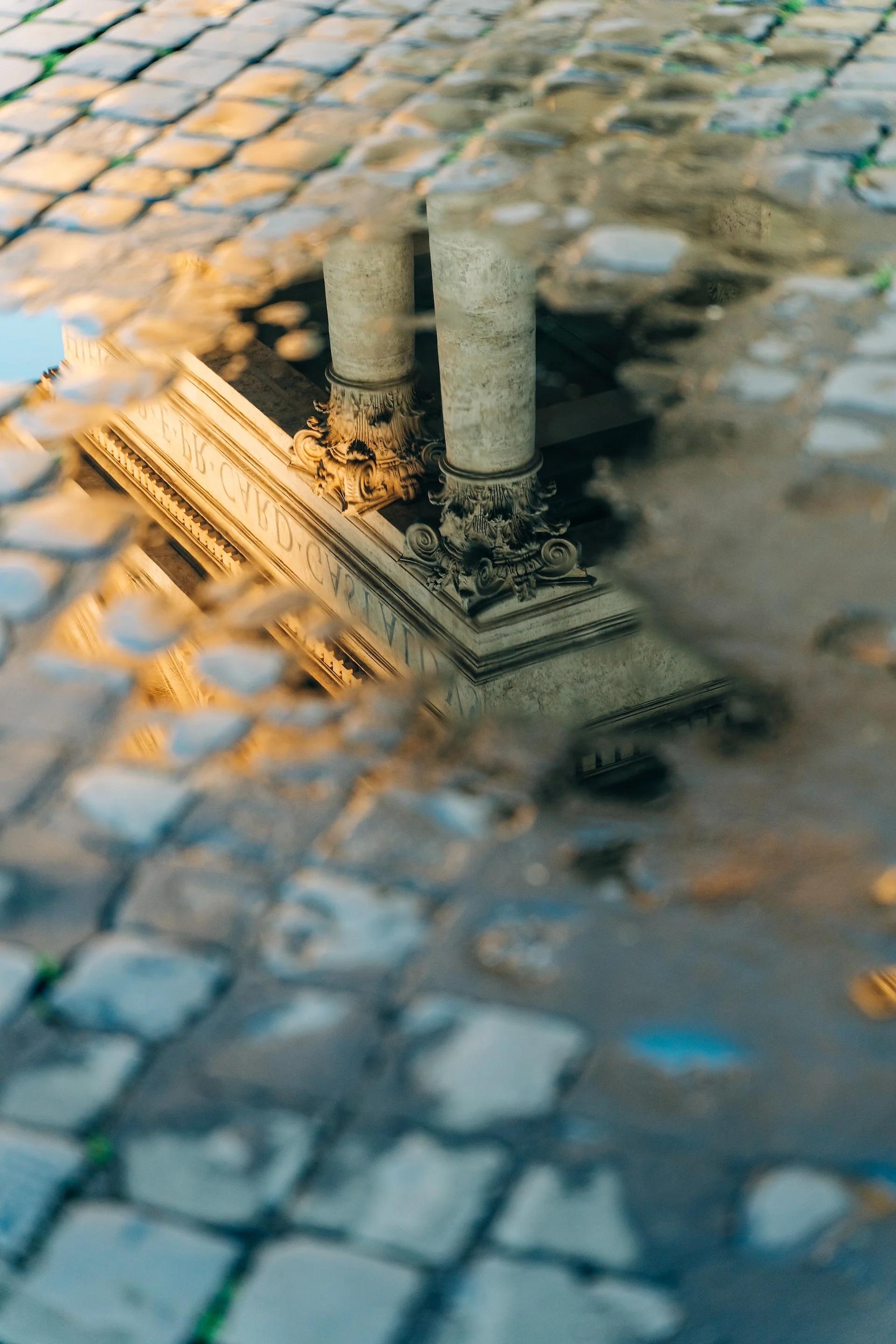WHAT’S GOOD G? SEPTEMBER 9 2022
by Germane Barnes
In his latest column, Germane Barnes shares highlights from a summer brimming with creative inspiration
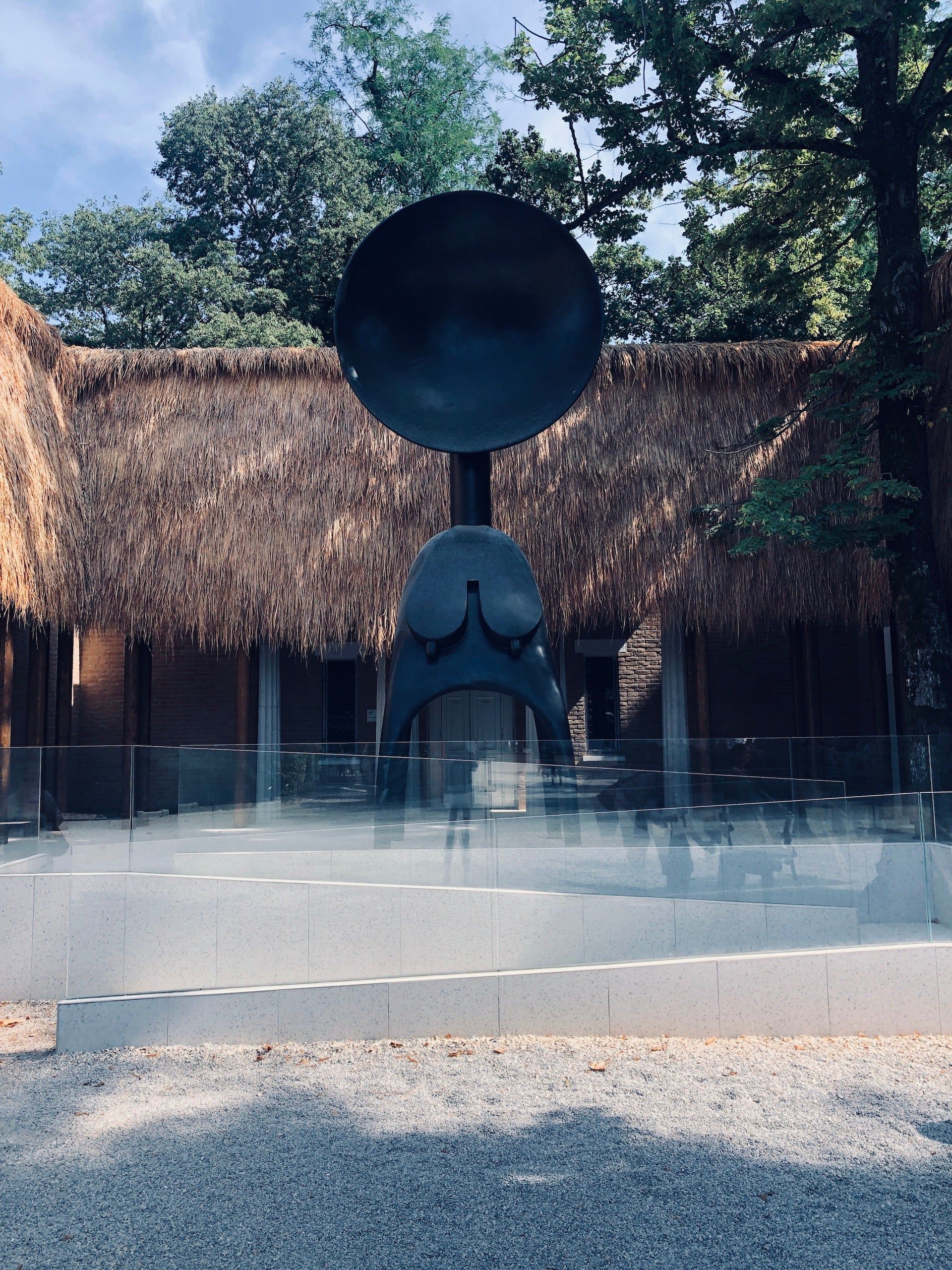
SIMONE LEIGH/ SOVEREIGNTY INSTALLATION AT THE AMERICAN PAVILION AT THE VENICE BIENNALE
Photo by Germane Barnes
Just like that, it is over. After five months living in Italy as a fellow at the American Academy in Rome, I am now back in sunny Miami, Florida. It was an amazing fellowship filled with spectacular findings and new experiences, capped off by two months of travel, exploring the country and visiting some of the art and design world’s most incredible events. A lot has happened since I last wrote, so let’s jump into it!
First, my fellowship: As I previously mentioned, the overall purpose of my time in Italy was to find tectonic examples of North African influences in Neo-Classical architecture. My project, Restructuring Blackness, aims to fill in some of the massive, missing holes in the history of architecture, through the lens of non-white constructors from the African diaspora. The idea is that by investigating diasporic legacies and reframing the past, we can envision new possibilities moving forward.
Traditionally that research remained within the borders of the contiguous US; however, recent interests have taken me to continental exploration. Due to the proximity of Morocco, Tunisia, Egypt, etc. to the south of Italy, there was clear evidence of an exchange of ideas and cultural practices. Through my time at the Academy, I was made aware of two distinctly African processes: Opus Sectile and Opus Africanuum. Opus Sectile is a floor tiling process believed to have originated in Egypt. Similar to the ever-present mosaic floors and walls throughout the country, this diasporic version predates the Roman adaptation. Unlike traditional mosaic floors, which typically utilize materials of a similar size to create a larger design, Sectile floors use tiles of any size to create a larger image.
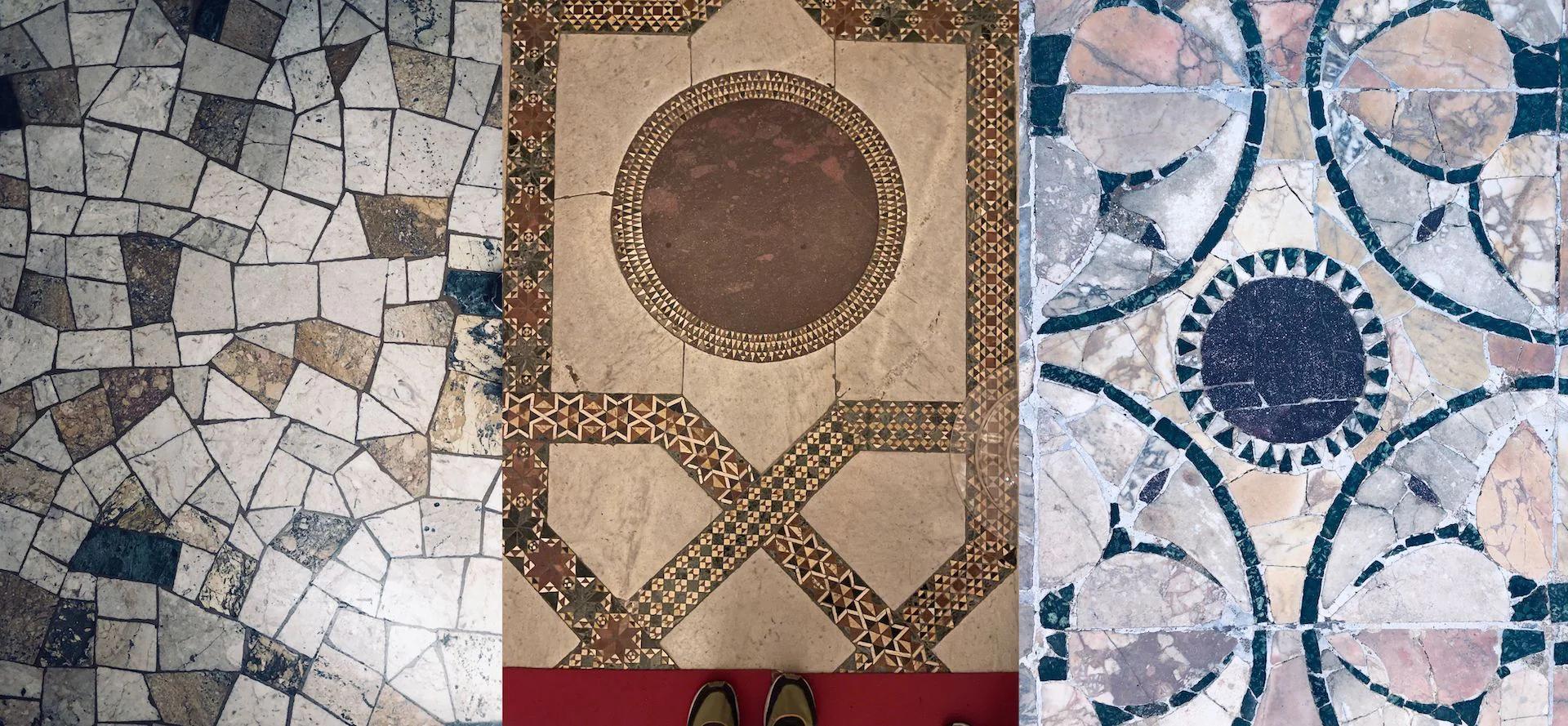
FROM LEFT: A TRADITIONAL MOSAIC FLOOR, FEATURING ROUGHLY UNIFORMLY SIZED STONES, BESIDE EXAMPLES OF OPUS SECTILE, AN ARCHITECTURAL ELEMENT THAT ORIGINATED IN NORTHERN AFRICA AND WAS ADAPTED IN ROMAN ARCHITECTURE
Photos by Germane Barnes
To learn more, I traveled south to Pompeii and Palermo to find additional evidence of this flooring. Once in Pompeii, I also discovered built examples of Opus Africanuum. As you can tell from the name, it is definitely an African architectural technique. This originated in Tunisia where horizontal and vertical stones were used to create walls. The gaps between horizontal members would be filled with smaller horizontal stones to display the wealth of the property owner. Essentially, the more horizontal striations the more labor, and those who could afford more labor had more wealth.
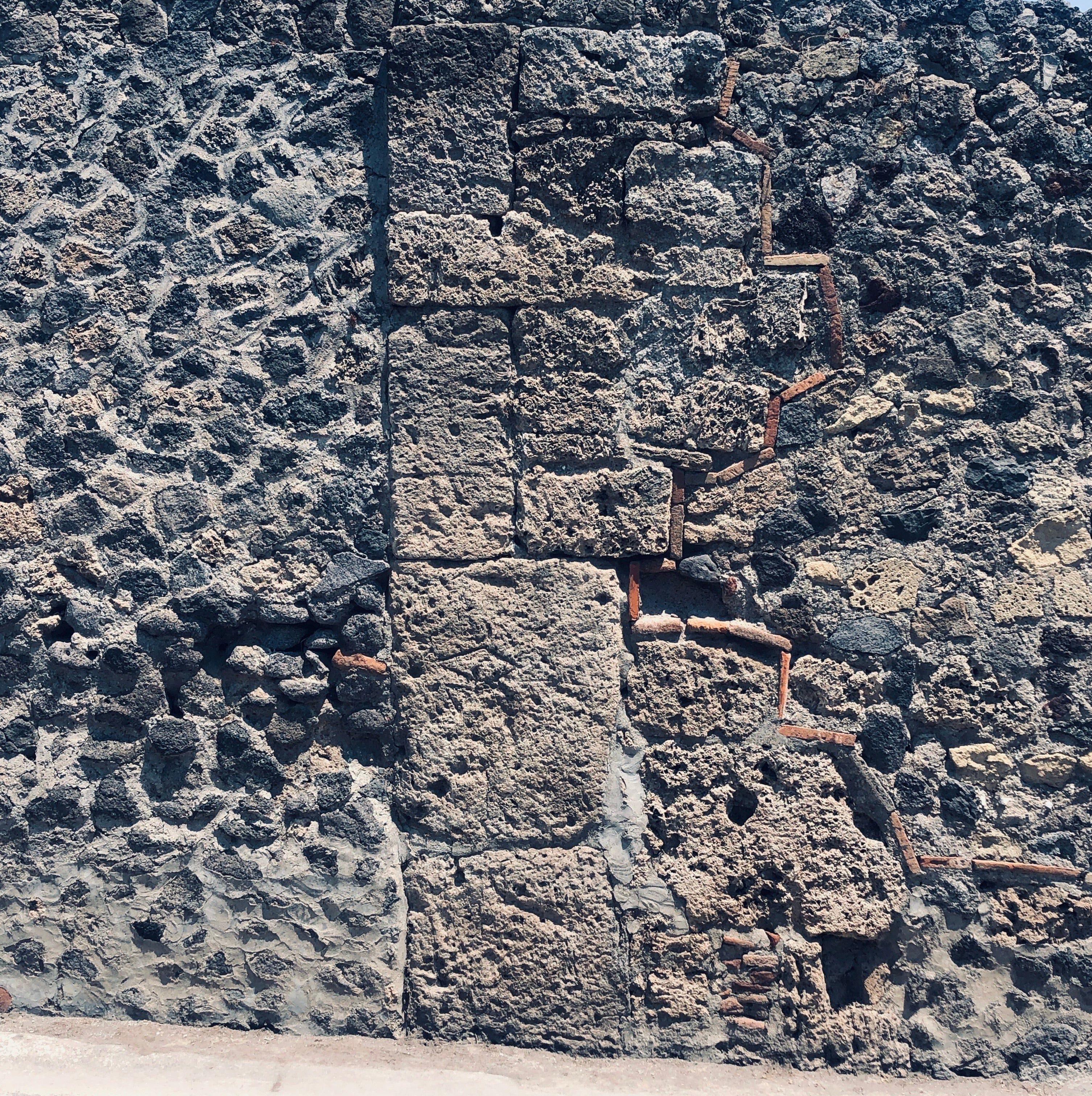
EXAMPLE OF OPUS AFRICANUUM FOUND IN POMPEII
Photo by Germane Barnes
Next up: I attended Milan Design Week! It was my first time seeing the spectacle. As with many design fairs, it was impossible to see everything. However, one of the most interesting presentations I saw was at Alcova.
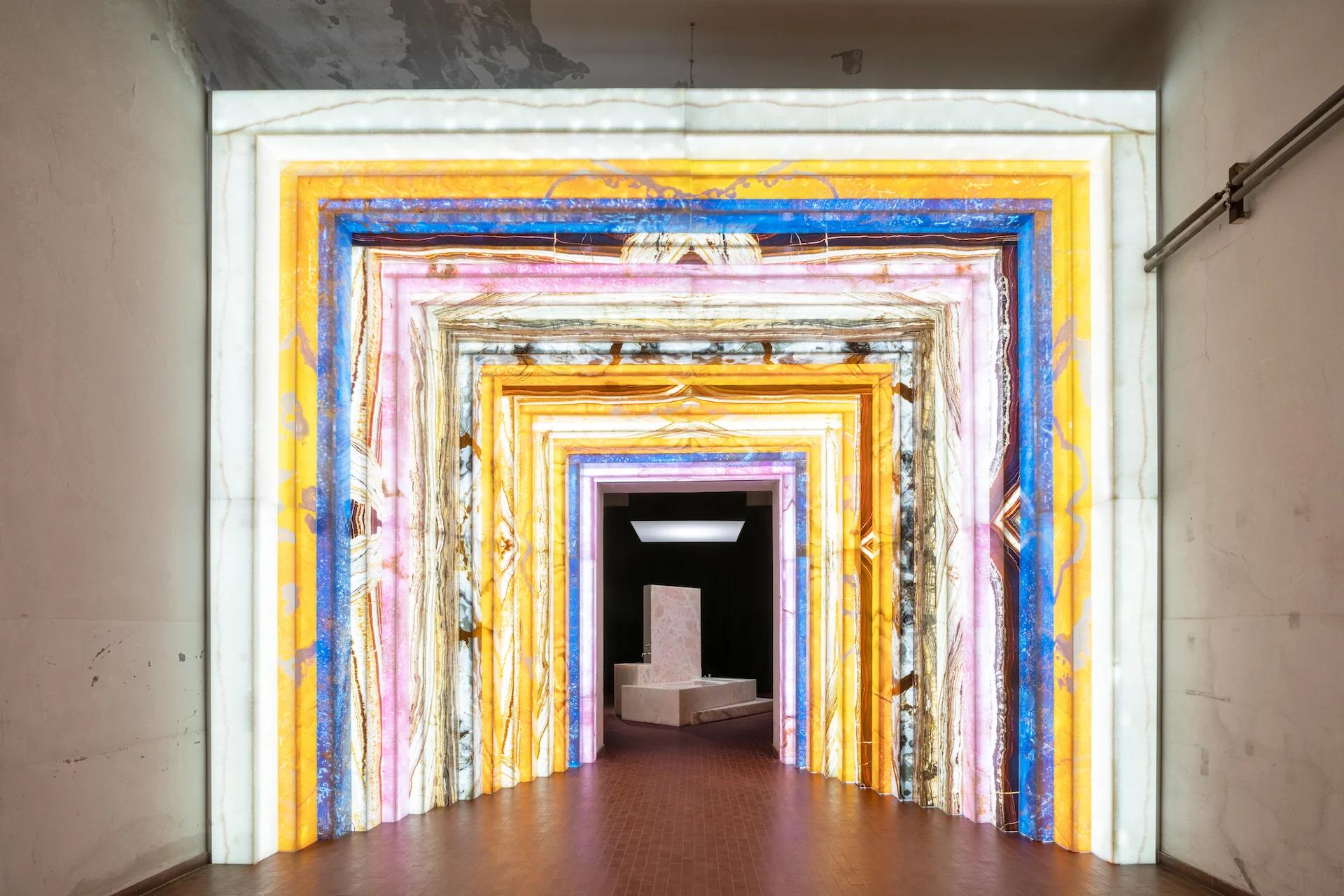
OMA AND SABINE MARCELIS/ INSTALLATION FOR SOLIDNATURE
Photo by Marco Cappelletti, courtesy of the photographer
The site was unique in that it was a repurposed military medical facility. There were sculptures throughout the garden and many facilities on the campus. The OMA / Sabine Marcelis Monumental Wonders installation for SolidNature was a particular standout, exploring the potential of natural stone. The colorful minerals that formed the frame were simply incredible. The bedroom furniture is a wonderful collision of precious materials and utility.
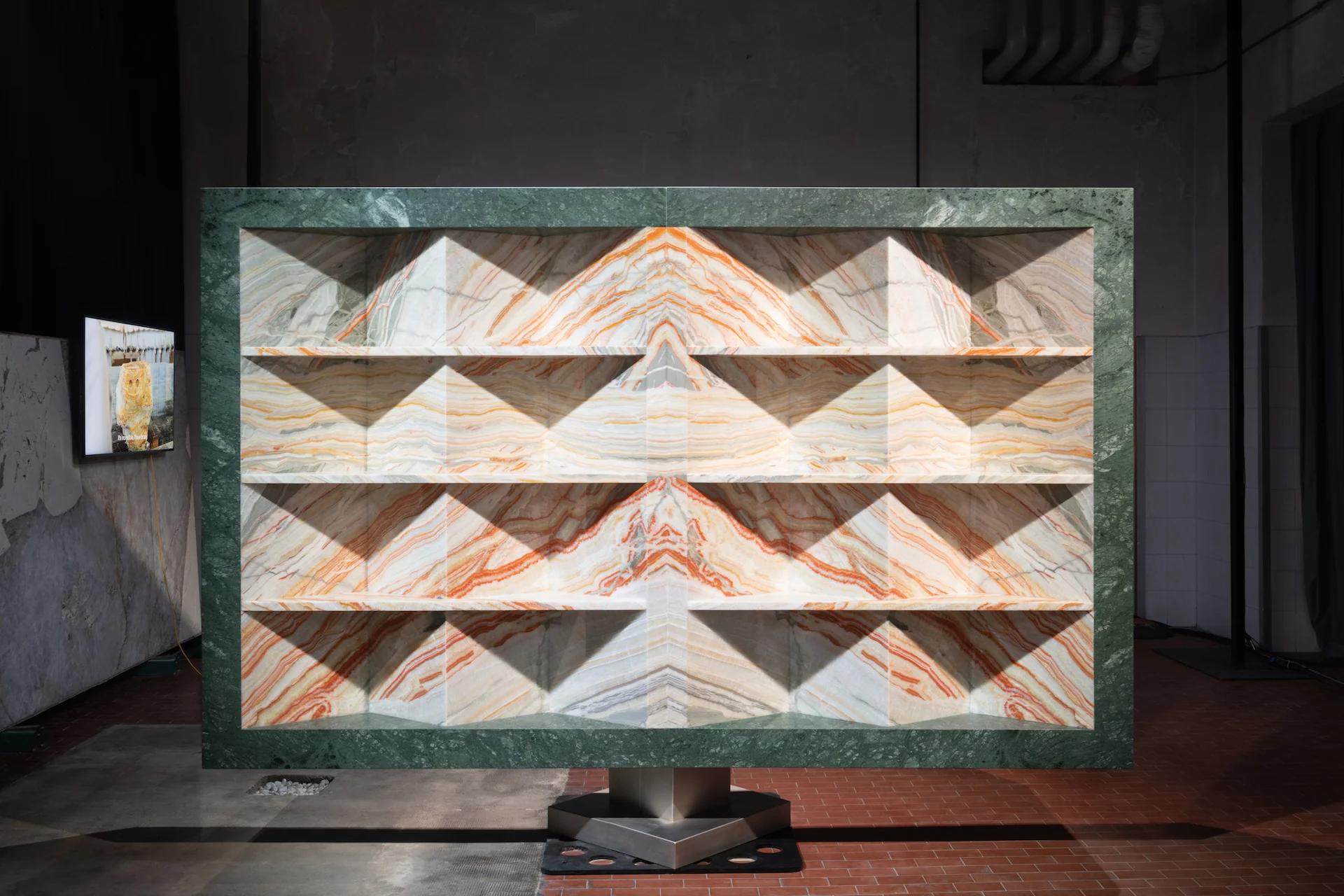
OMA AND SABINE MARCELIS/ INSTALLATION FOR SOLIDNATURE
Photo by Marco Cappelletti, courtesy of the photographer
Finally, I concluded my time in Italy by traveling to Venice to witness my first ever Biennale di Venezia—the pinnacle of art and architecture for anyone that works in the field. Reading the news and correspondence over the weeks prior to my trip, Simone Leigh’s Sovereignty exhibition at the American Pavilion had received much acclaim and accolades. (For those not already aware, Leigh’s work investigates ideas about history, race, gender, labor, and monuments. She is also the first Black female artist ever to represent the US at the Venice Biennale.) I was especially excited to see if the hype was warranted (even though she had already been awarded the Golden Lion). It exceeded all expectations! Her Black aesthetic in a traditionally white arena provided stark contrasts of color and form.
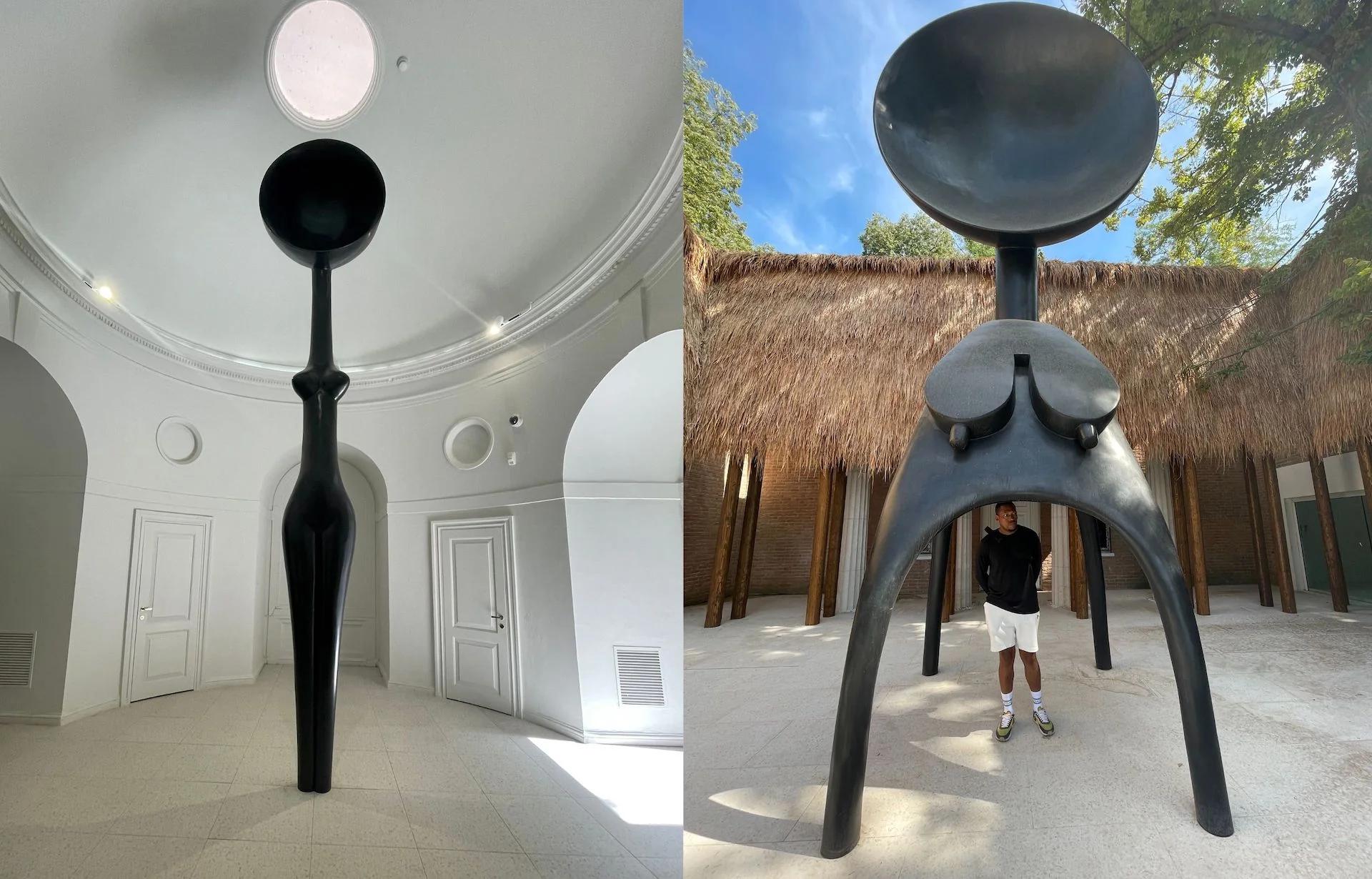
SIMONE LEIGH/ SOVEREIGNTY
Photos courtesy of Germane Barnes
When you first arrive at the pavilion, you approach a 24-foot-tall black female sculpture in front of a straw hut. The existing 1930s Neo-Classical building’s exterior has been covered with thatched roofing and wooden columns, transporting you out of Venice and into Africa. Once you enter the pavilion, life-size sculptures are placed throughout the rooms. There's a certain familiarity associated with the positioning of each object. My favorite piece in the exhibition was the very thin female figure that must have stood 15 feet tall. The physical presence of the beautiful body underneath the domed ceiling was wonderfully situated. Needless to say, it was breathtaking. I think what made this powerful to me was that Leigh was awarded the highest honor one could be awarded for simply displaying her identity for the world to see. As someone that practices in a similar method, her work is very inspiring.
It was an incredible several months. Back home in Miami, I’m looking forward to a busy, exciting fall—and to sharing more of the people and places who inspire me with you again soon. Stay tuned!
Ciao,
G
